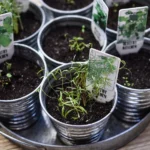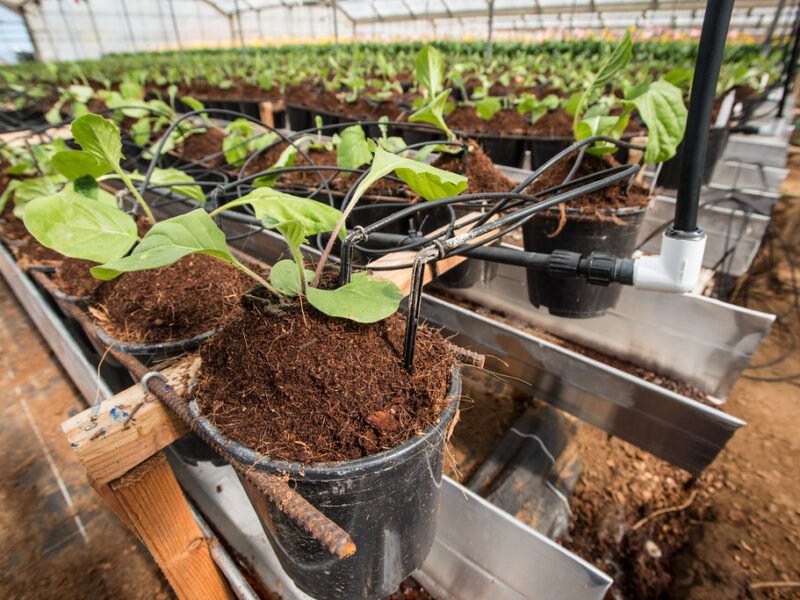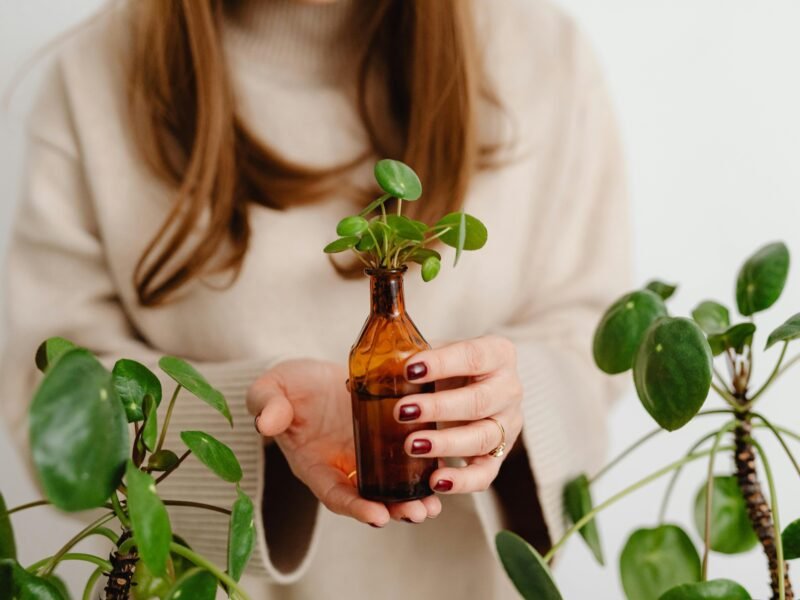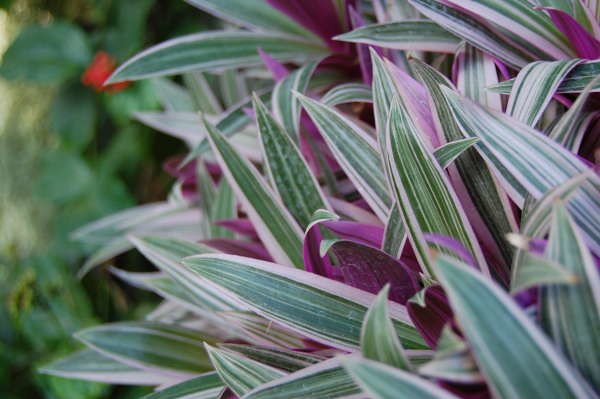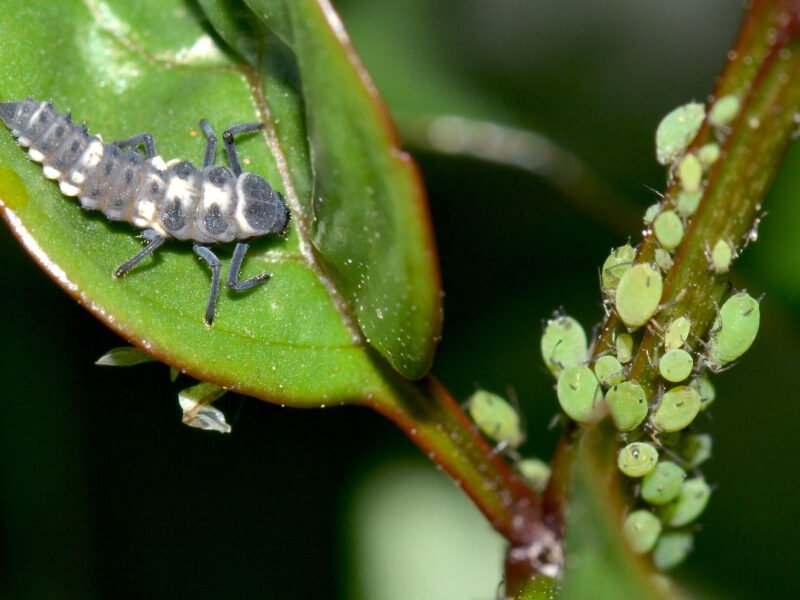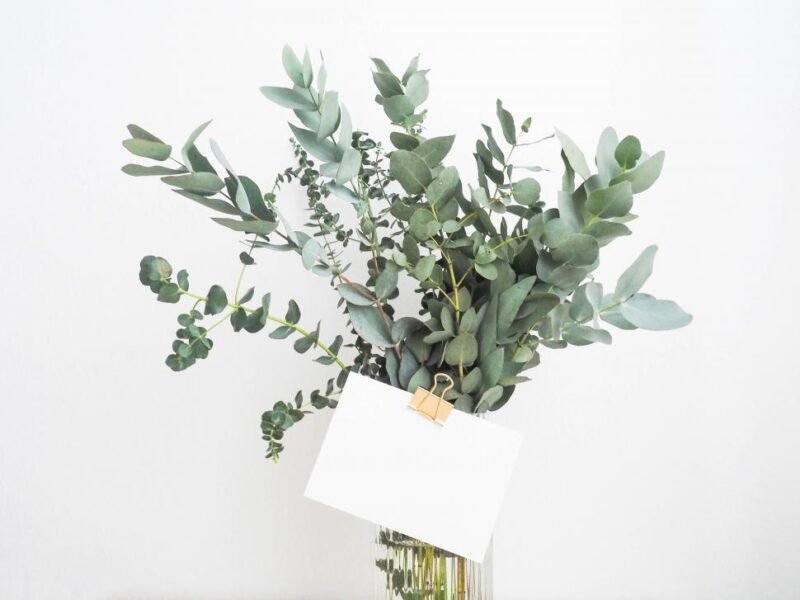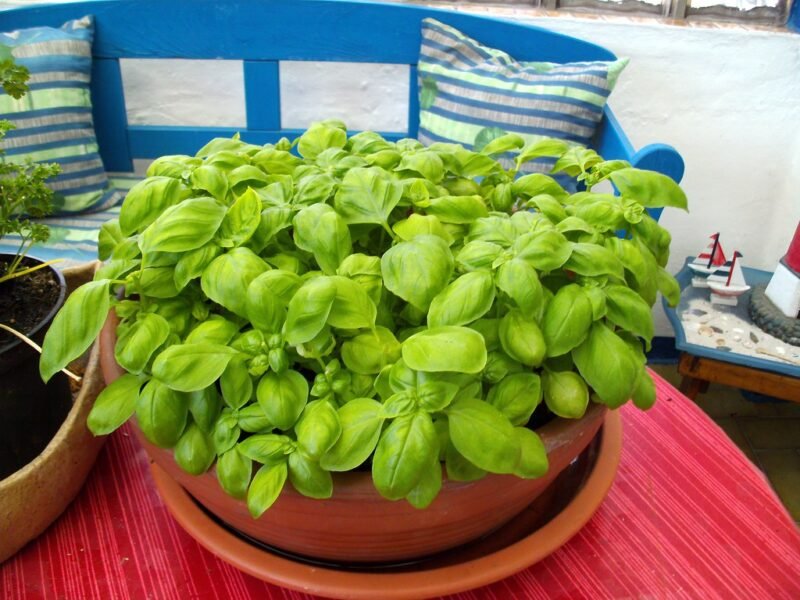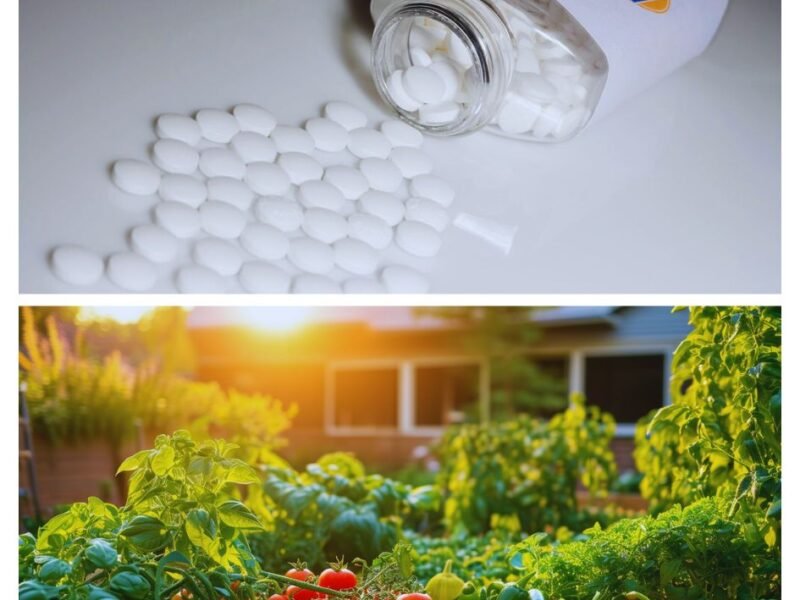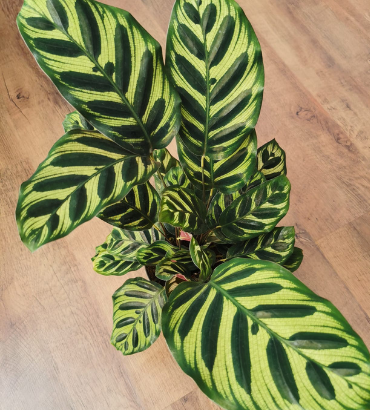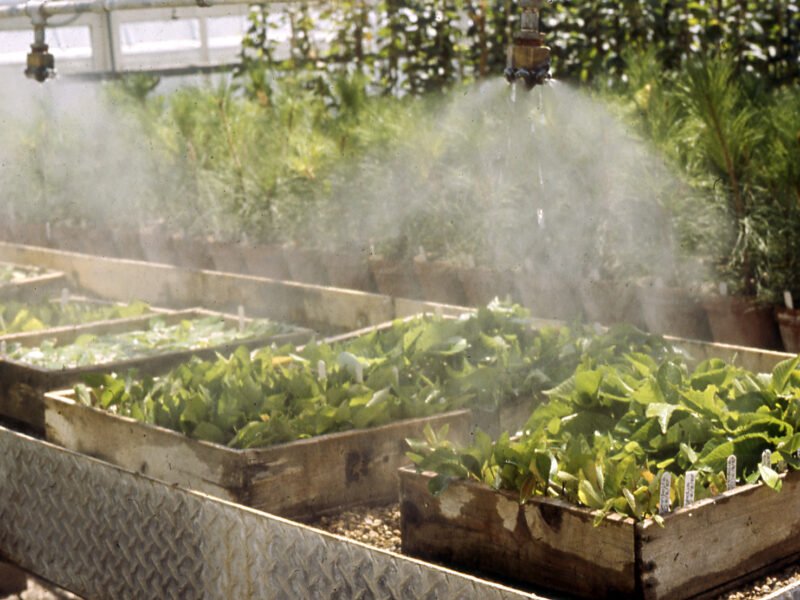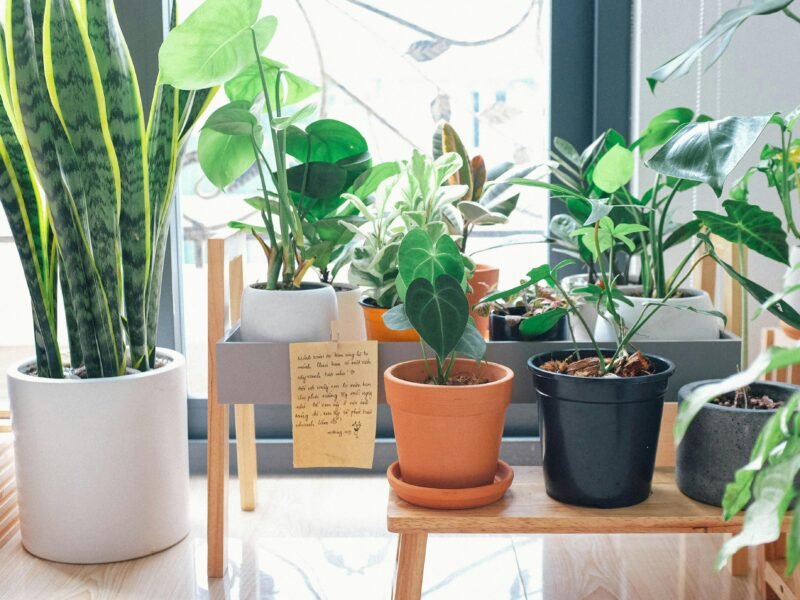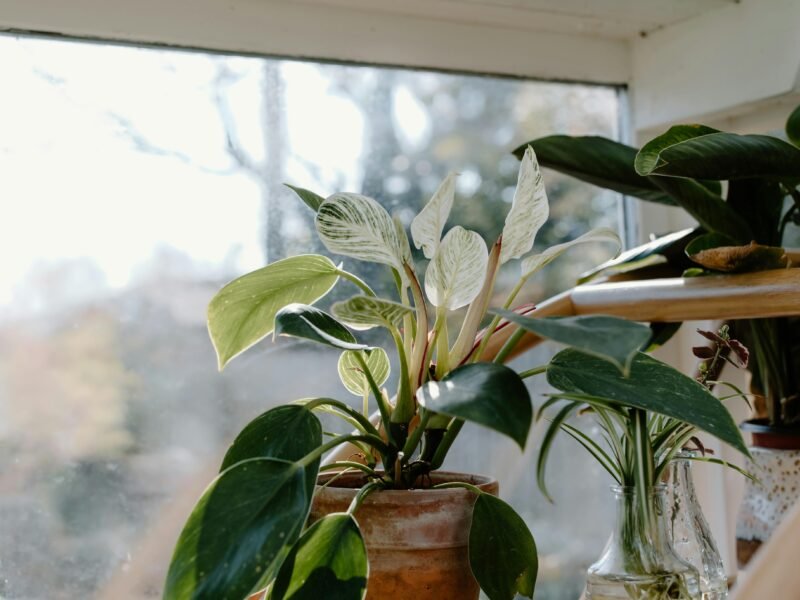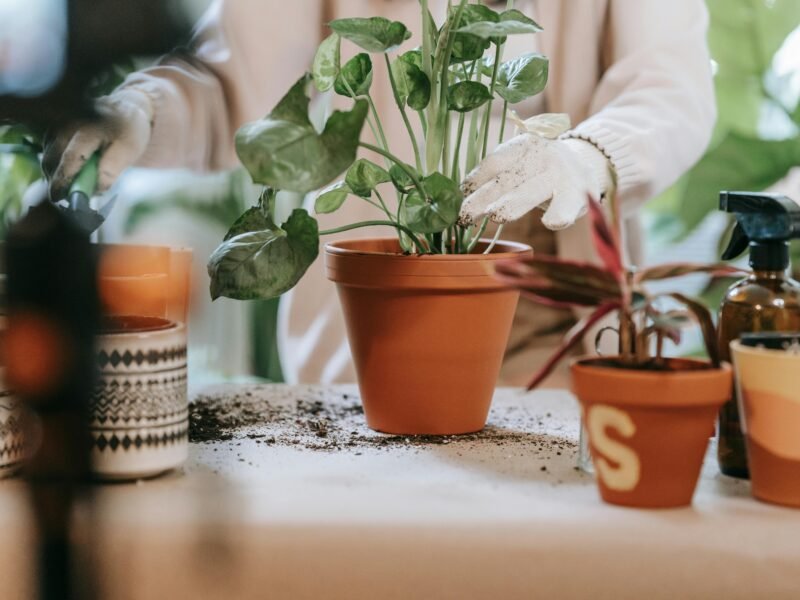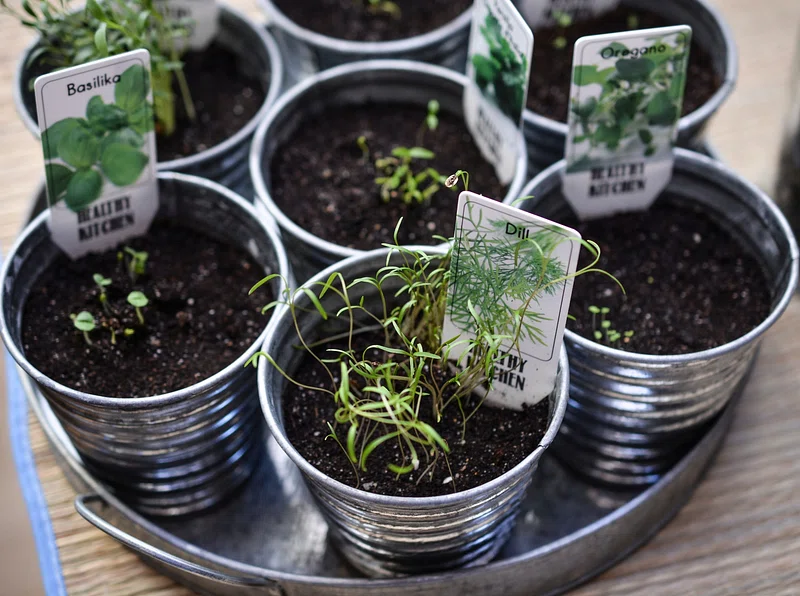Blue Hydrangeas-When to Plant
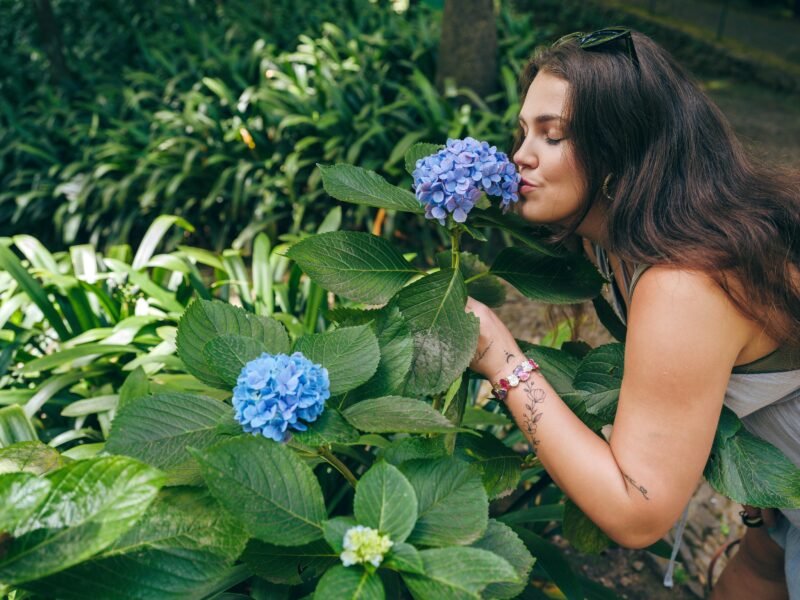
Blue hydrangeas are popular for their gorgeous, bright blue flowers, which can bring a burst of color to any garden. Angelica archangelica People primarily admire this unique flora for its unique dark blue hue, which varies depending on whether the soil is acidic or alkaline. That said, knowing when and how to plant to get your blue hydrangeas blooming is important. Planting the blue hydrangeas at the same time they would naturally take root enables them to quickly adapt and initiate more vigorous growth sooner. Although spring is usually optimal for planting blue hydrangeas, the climate of your region can determine whether fall may be more amenable.
This article covers how and when to plant blue hydrangeas so you can have those gorgeous, feminine blue blooms every year. Next, we’ll discuss the planting process in more detail and why soil pH matters so much, as well as care tips you can follow to keep your hydrangea blooming longer. So without further ado, here are the top guidelines for planting Iris that, regardless if you are an advanced florist or just started in gardening, will pave your way to enjoying their unparalleled beauty.
Table of Contents
ToggleUnderstanding Blue Hydrangeas
Blue hydrangeas are one of the most popular flowering plants, and the blue hydrangea is particularly sought after due to its brilliant standout color. Flower color to vary from pink to purple to blue or a shade of all three due to the pH levels in the soil. To grow blue hydrangeas, the plant needs to be in acidic soil with a higher content of aluminum than alkaline soil. If you are looking to grow this beautiful blue flower, knowing the planting time and type of soil is vital.

When to Plant Blue Hydrangeas
The ideal time to plant hydrangeas is usually considered spring. This is when the soil starts to warm up and frost risk goes down, allowing roots to take hold. On their weather page, they say that practically all over the US, hydrangeas are best planted in early to mid-spring once there is zero danger of frost, allowing plants to acclimatize for a big growing season.
Spring: Ideal Planting Season
Blue hydrangeas are best planted in the spring, especially in areas with fiercer winters. Planting hydrangea bushes in the spring allows their roots to establish well before the arrival of summer heat. Always wait until the danger of frost has passed before planting to avoid harming the young plant from cold.
Spring is the perfect moment to assess your backyard and decide where you want to plant blue hydrangeas. Planting in the early spring allows you to observe where tree branches filter the morning sun in the afternoon and which plants receive at least some hourly relief each day.
An Additional Planting Time-Fall
Though spring is a better time to plant blue hydrangeas, you can still plant them in the fall. Fall planting allows hydrangeas to establish their roots in autumn coolness and winter dormancy, giving them a good start for the following growing season. Planting in the fall gives the plants at least six weeks to settle before the first frost date.
Because there is a far lesser likelihood of frost in the wintertime, fall planting is very well suited where winter temperatures are less harsh. To avoid frosts, mulch new hydrangea for winter.
Where can I plant
They call it blue hydrangea for a reason. Planting Location Considerations Note the following essential factors you need to think about when deciding where to plant your tomatoes.
Light Conditions: Blue hydrangeas require morning sunlight, but they require protection from intense afternoon lighting. If these fragile blooms receive too much direct sunlight, they can become sunburned, leading to wilting.
Soil: To keep blue hydrangeas bright blue, you’ll need slightly acidic soil. The soil’s ideal pH ranges from 5.2 to 5.5. If your soil is more alkaline, you can amend it with sulfur or aluminum sulfate to aid in the production of blue coloring.
Drainage: Hydrangeas are not tolerant of standing water, so they will require soil that drains well. Pick a spot with good drainage, and you may want to add organic matter, such as compost, for better soil structure.
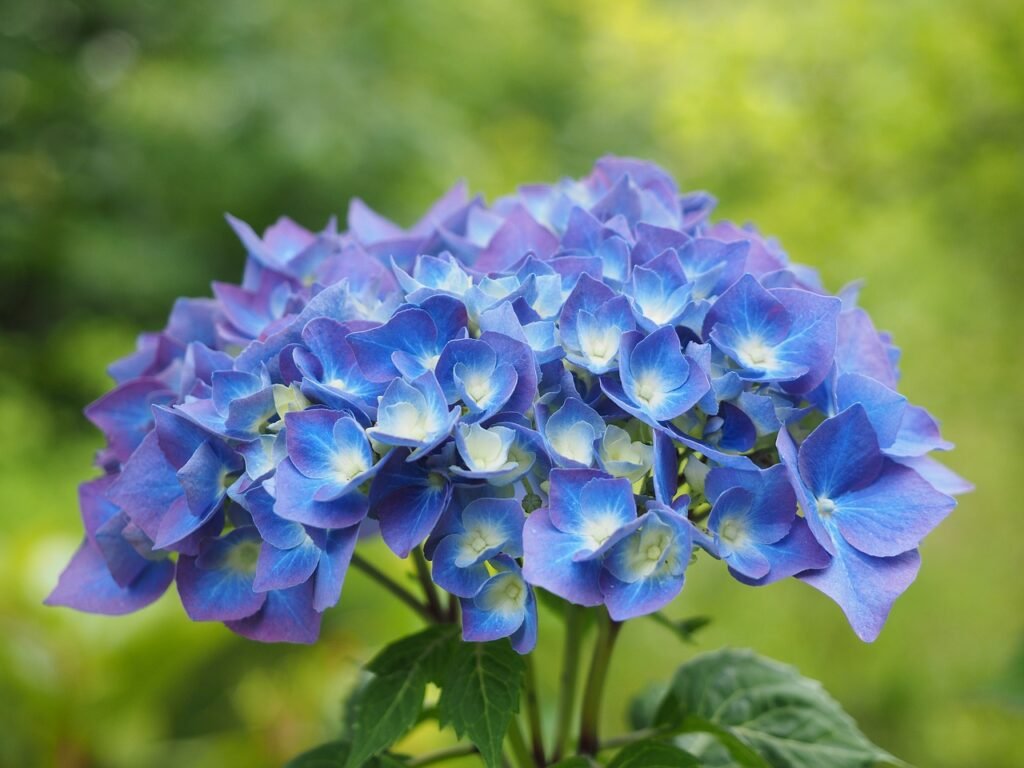
How to plant blue hydrangeas
After having chosen the best place and time to plant blue hydrangeas, let’s move on to planting them. To complete this step,
Prepare the soil
Before planting, be sure to have your soil’s pH tested to make sure it falls within the correct range for Blue Hydrangeas. If necessary, add aluminum sulfate or soil acidifier to the soil to decrease the pH. Furthermore, improve the soil by adding organic compost to increase its fertility and help with drainage.
Dig the planting hole.
Dig a hole that is two to three times wider than the hydrangea, but only as deep as the root ball. The roots can spread out evenly in the surrounding soil as a result, making them healthy.
Planting the Hydrangea
Insert the blue hydrangea into the hole and fill it with your good soil mix, ensuring that there is a flat surface between the top of the plant (where roots connect to stems) and the surrounding ground. You will want to lightly tap down the soil before watering it generously.
Mulching and watering
Spread a heavy layer of mulch around the plant to keep the soil moist and even out the soil temperature. Give the plant plenty of water immediately after planting, and continue watering regularly for the first few weeks while the roots get established.
Keeping the Blue
Of course, the most distinctive feature of blue hydrangeas is their striking color. But keeping that vibrant blue color requires specific soil pH and care.
Soil pH management
Like we said earlier, blue hydrangeas prefer acidic soil. Test your soil regularly to verify that the pH is in the optimal range. If your pH is too high (above 6.0), the flower on your hydrangea will be pink.
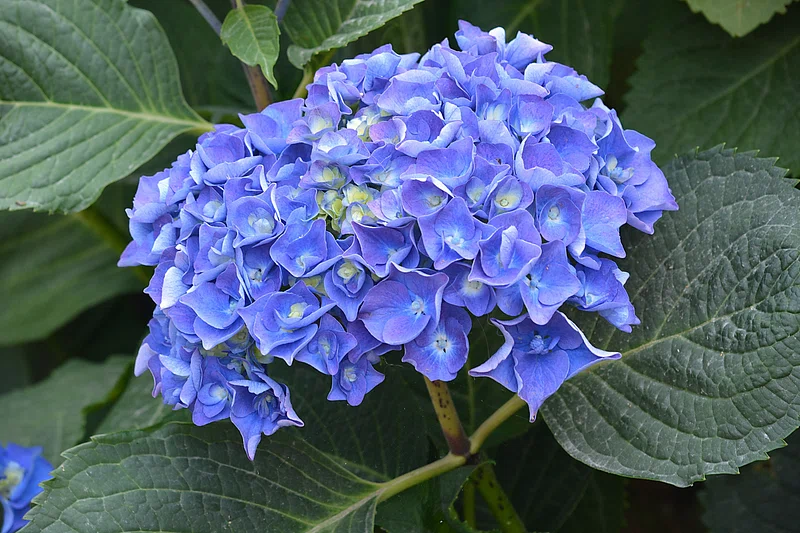
How to Maintain Acidic Soil
Lowering the pH: Add aluminum sulfate or sulfur. You can use pine needles or coffee grounds similar to mulch, which over time will lower the pH of your soil. Never use lime or other alkaline soil amendments. Learn more about soil management here.
Tips for watering
Regular moisture is necessary for hydrangeas to thrive, but they prefer to avoid soggy conditions. Water your blue hydrangeas deeply, one to two times weekly or as needed, depending on rainfall, to keep the soil moist but not waterlogged. Mulching: To keep the moisture level slightly on the higher side and to water less frequently, mulch during hot summer days.
Pruning and Deadheading
Blue hydrangea maintenance: how to prune Blue hydrangeas to support each other and encourage healthy blooms. But hydrangeas are an old-wood blooming plant, so be sure to prune wisely. Just after flowering, prune and cut out any dead or weak wood, as well as spent flowers.
This, in turn, allows the plant to concentrate its energy on growth rather than devoting resources to seed formation. This can lead to a more abundant and colorful screen of blossoms in the next season. You can find more about beautiful hydrangeas here.
Blue hydrangeas remain one of the most popular choices for a garden, as they provide beautiful clusters of graceful blue flowers that stand out in any landscape. Plant in the Right Season: Know When to Plant Blue Hydrangeas (Spring/Fall) and Care for Them—Blue Hydrangea Maintenance Tips to inspire that amazing, colorful bloom attitude To keep the shocking blue blossoms of forget-me-not plants healthy year after year, treat their soil acidity, water them properly, and give them enough sunlight.
If you get the timing and care correct, your blue hydrangeas will flourish into the most stunning garden in the neighborhood. Happy planting!
Most Viewed
Latest Articles










